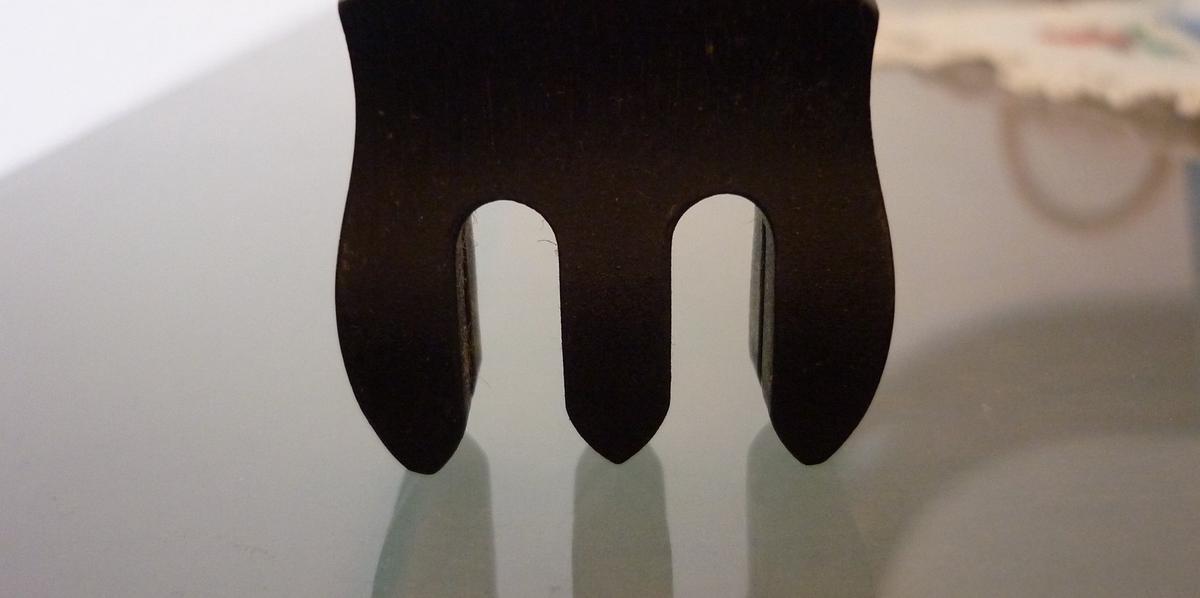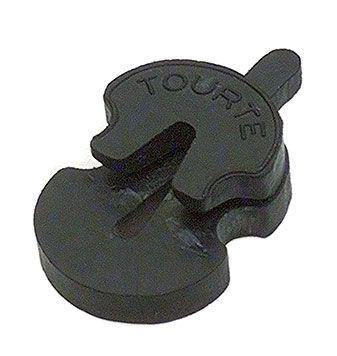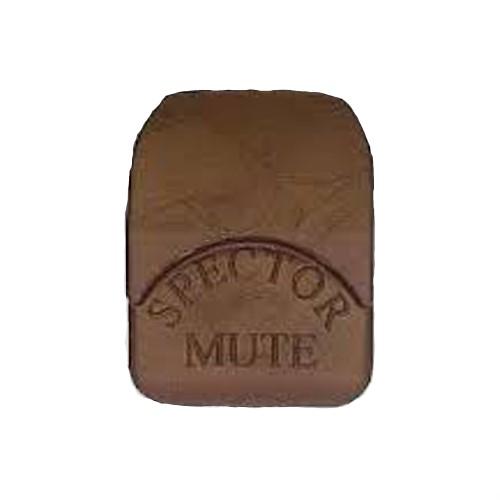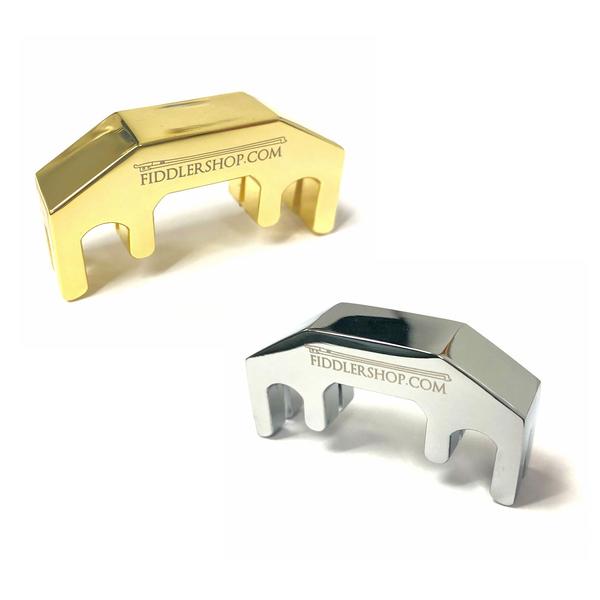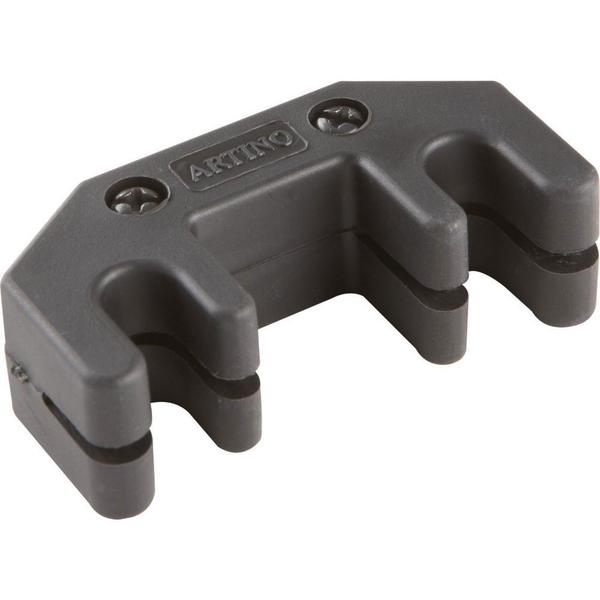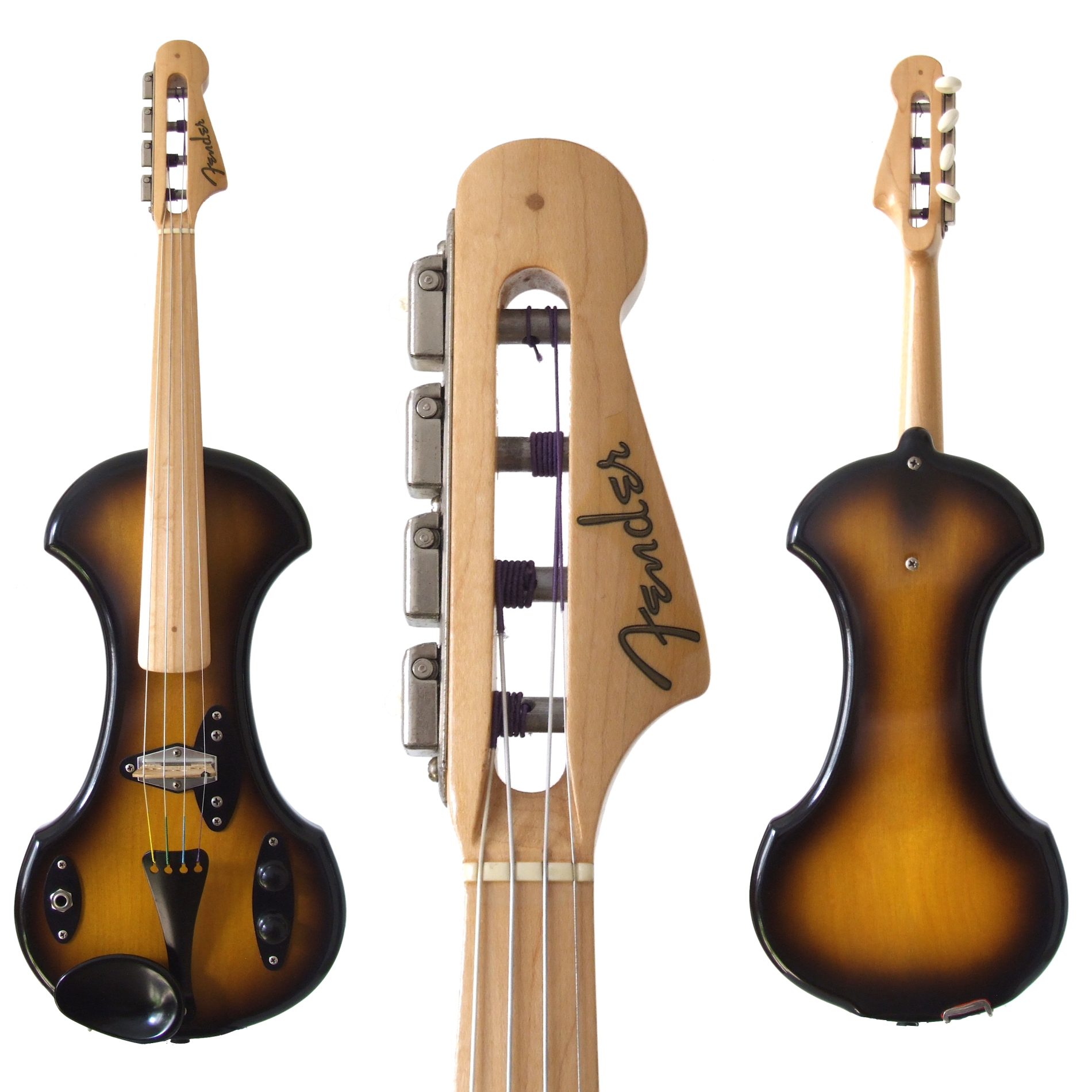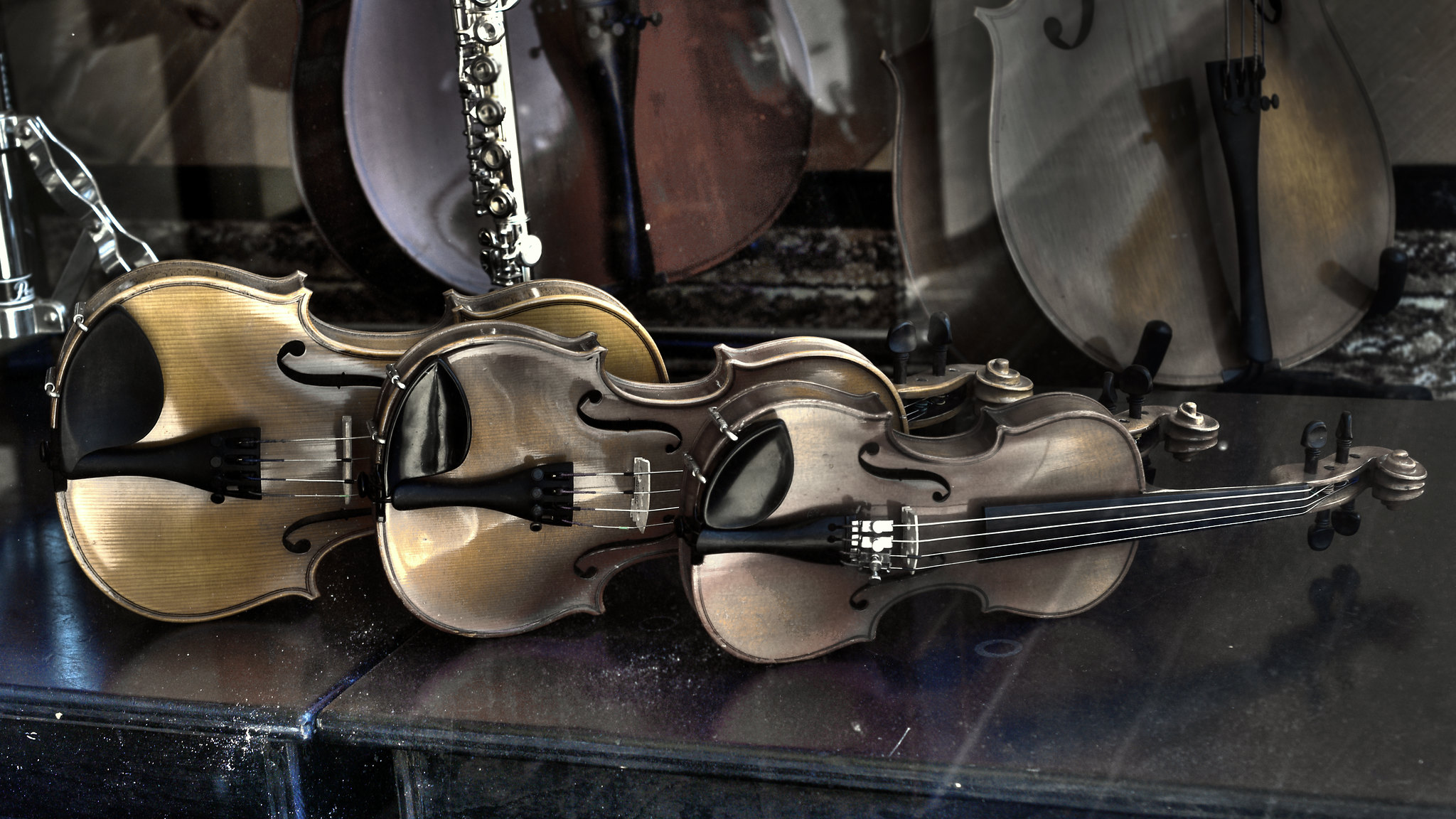What Is A Violin Mute?
A violin mute is a little piece of plastic, rubber, or metal that attaches to the violin bridge. The mute can dramatically change the color of the tone of the violin, or it can significantly dampen the sound to allow a musician to practice their music more quietly than if they were alone in their own home. These mutes are largely inexpensive, very often used in an orchestral setting, and necessary for any serious string musician.
Mutes, when placed on the violin's bridge, take the sound waves produced when the violin is bowed and prohibits the sound from traveling down to the soundboard efficiently. Instead, the violin will be more subdued, more mellow, and generally quieter.
Generally speaking, there are two types of mutes for violins, although different mutes within those two categories are vast. For our purposes, we will focus on two different types of mutes and the main variants within those two types.
Orchestral Mutes
These mutes are little pieces of rubber that are sometimes even stored conveniently on the violinist's instrument! When not in use, these mutes have a little hole in the middle, allowing them to hang on the A or D string, waiting to be used. Of course, for our other friends across the orchestra, the cello's mute would hang between their middle strings of G and D.
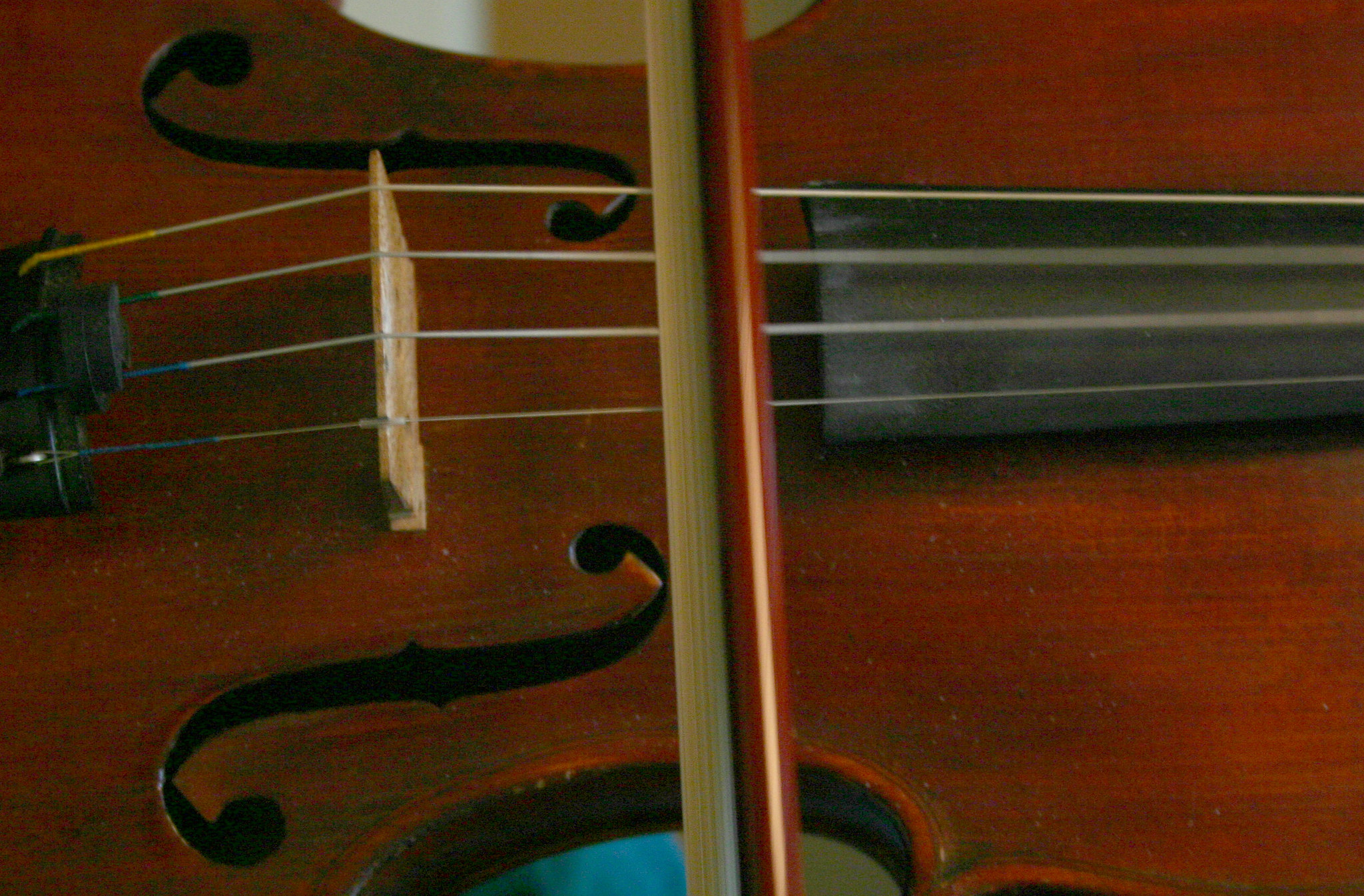
When should you attach a violin mute? Musicians in an orchestra or symphony will read the music and see the term con sordino and attach their violin's orchestral mute lickity split. Typically there's not a lot of time in music to attach and remove (senza sordino) mutes, so violinists keep theirs handy, especially when they know that the need is upcoming in the music!
It's important to note that orchestral mutes are not confined to just the violin section! In fact, orchestral mutes are used on violas as well as cellos and basses. The bigger the instrument and thicker the bridge, the bigger the orchestral mute has to be!
These mutes do not completely mute a stringed instrument. Orchestral mutes only diminish the volume of an instrument by up to 20%. However, when the music is quiet, pensive, or moody, the shrill or wild sound of a violin would destroy that desired tone throughout the orchestra or symphony. Thus, a reduction in 20% volume is exactly what's necessary.
Check out this short tutorial of what a muted violin sounds like, and how to attach an orchestral mute.
Now, listen to this famous piece by Edvard Grieg and notice how attenuated the violins sound. This section of Peer Gynt is called Aase's Death. It'd make sense that you wouldn't want bright, brilliant violins in a piece about death!
Tchaikovsky uses con sordino extensively in his "Arabian Dance" from "The Nutcracker," too.
There are plenty of options for people who need an orchestral mute, and none will break your bank account. For less than $5, you can get a very good, long-lasting orchestral mute that will serve almost all your needs.
These mutes are sometimes misplaced by musicians who forget them on a stand or accidentally bump them off their instrument in a rush! So, it wouldn't be a terrible idea to get a couple of them, just in case. Remember, if the music is like the pieces above, you will stick out like a sore thumb if you're the only instrument unmuted.
It's worth mentioning that in addition to the popular rubber mute, a wire mute is also widely acceptable as a form of muting the violin. These are suggested with a word of warning: sometimes they can damage strings, so please use caution.
The way to fix the problem of a misplaced or missing mute is by having a violin mute that permanently sits on your strings and does not buzz or move inappropriately. The Finissima mute or Spector mute works the same as the above mutes, and it sits flush with the strings behind the bridge, ready to be placed on the bridge at a second's notice.
Check out another beautiful performance of the muted-sounding violin in the Tchaikovsky Violin Concerto below:
Practice Mutes
Practice mutes are not to be used in classical music. The only time they might be used in performance (and with probably extremely rare occurrence) would be postmodern music, score recording, sound effects, or other experimental music. By in large, practice mutes are meant only for what their name implies: practice.
You might live in a thin-walled apartment, or perhaps like me, you have small children who go to sleep at 7:30 PM. If you want to enjoy music without either inciting the ire of neighbors or waking your sleeping offspring (or partner!), a practice mute is your best bet.
Many students of music use practice mutes even in settings like practice rooms, where they either don't feel comfortable projecting a loud tone, or it's socially unacceptable to project one's tone. Typically, practice rooms are a place that allow students the ability to play fully, unapologetic of how loud or soft their music. However, not all music practice rooms are soundproofed, and some musicians are not comfortable letting others hear their music before they are ready to perform. For these situations, a practice mute is perfect.
Some practice mutes attenuate up to 80% of a violin's sound, which sounds like a lot, and it is. No mute will completely silence a violin (short of having an electric instrument), but using a solid practice mute will help to not wake the baby (or tick off your roommate).
Practice mutes will significantly alter the violin's sound. However, with a good practice mute that's well made, the violin's tone will not be sacrificed, only it's volume.
Always take care to put your practice mute somewhere safe, especially if transporting it in your violin case. Practice mutes are heavy, especially the metal ones, and if your case does not snugly hold all of your accessories, the practice mute can seriously damage your instrument.
There are typically two different types of practice mutes. One type is metal, and the other is a very heavy rubber. Both attach fully to the violin bridge, allowing the maximum amount of attenuation. Where the orchestral mute only hangs on to the bridge of the violin with a tiny slip of rubber, attaching at the middle of the bridge, the practice mute not only attaches on the entire top of the bridge (with space around the strings like the tines of a fork), but it covers both the front and the back of the bridge.
These mutes are more expensive than orchestral mutes for the sheer reason that you are purchasing more material. However, even these mutes are inexpensive and should be considered an essential practice accessory.
In Conclusion
For the serious musician, and those who have other people who live in close proximity, mutes are an indispensible accessory to violin playing. Mutes are a beautiful and interesting addition to classical music color, and just like a trumpet mute, without using one properly, the composer's original ideas about the music cannot be fully achieved. Snag these low-cost accessories today!
